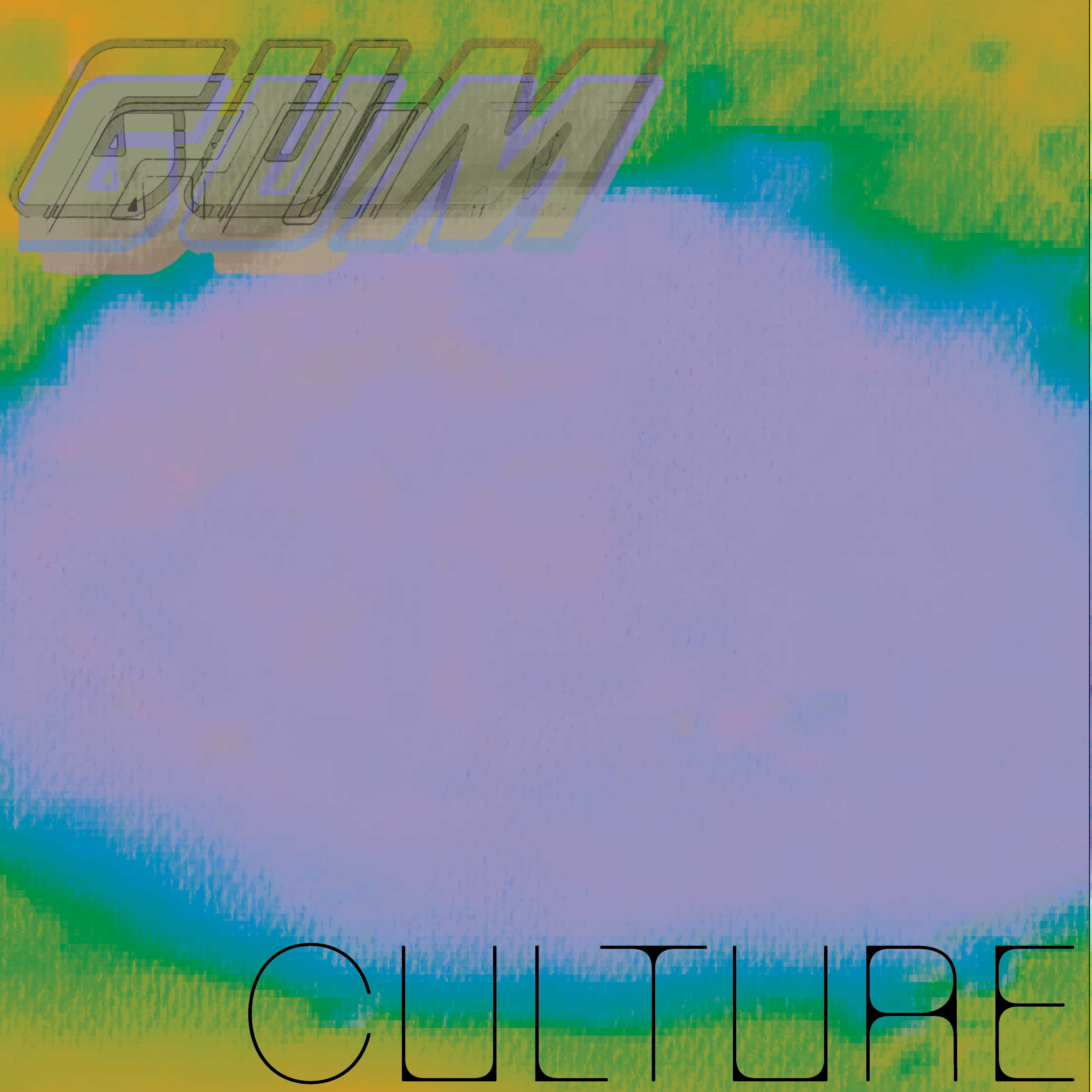Words: Tess Hardy (She/Her)
Poems should echo and re-echo against each other. They should create resonances. They cannot live alone, anymore than we can.
– Jack Spicer
The Thieves, a collaborative exhibition shown in February at the CCA, was a partnership of coloured drawings by artist Josie Perry and a science fiction text by Francis Jones. Josie Perry is a Glasgow based artist mainly working with drawing and collaborative projects in a long term collaboration with Daphne Simons, centering around a series of comics fictionalising art historical figures through a queer lense. Francis Jones is an Irish writer and artist living in London, and they are both a “waiter” and a “writer”- remember that. It felt as though Perry and Jones created a patchwork quilt, weaving together our phones: the chaos catalysed within us by our news feeds, saturday nights and nostalgia. The exhibition placed us within the sphere of rage, sadness and precarity visible in the world around us. It created an overlapping conversation between understandings of community, queerness and exclusion and how this manifests for the youth of society.
The Thieves introduced us to a collective, or a kind of artistic liberal queer avengers, who stand against the machinations of power in hatred of capitalism.
They are so real for that.
Alongside a reading of Francis’s text that reverberates throughout the room, around the walls of the small room on the top floor of the CCA hung Josie’s colour pencil drawings. Imagine a sci-fi text detailing the escape from a hellish neoliberal city illustrated like a Klandinsky, Lisa Frank, acid trip, folk story. Ya get me. Perry used visual codes and a y2k aesthetic to produce a sense of a teenage cultural capital. Whether it be embedded in the graffiti on bathroom walls, including the famous S symbol we all know and love, stickers, or selfies or. Perry also echoed the design of tarot and pokemon cards in her work which added to this aura of fun and whimsy. It was so refreshing to see work made for the “youth” of our generation by our own peers. These escapist and psychedelic “fun” visuals contrasted the deep political messages of Jone’s text, a contrast that only made each part sing louder.
The dystopian genre is one of the most popular genres of media across film and literature. It functions as a means for writers to raise awareness of a myriad of political issues that have changed with the times. The protagonist is often an emblematic or representative figure, like Winston from 1984 or Guy Montag from Fahrenheit 451. Even Neo from The Matrix. While this allows for authors to project wider issues, it often leaves readers with a sense of disconnection from the work given the impersonal quality of the characters. Even more modern dystopian tales like The Hunger Games, Divergent and Maze Runner place greater emphasis on characters being cool and edgy rather than politically conscious individuals (Katniss Everdeen, I love you).
The genius of The Thieves and, in turn, what Jones and Perry have done, is to give a face to these protagonist figures, and they chose to do so with the faces of their friends. With their vital organs illuminated, meshed with glowing flowers and hugged by deep blanketing shadows of love, they all looked like excellent people to conspire bringing down the capitalist system with. At the exhibition opening, looking around, you could match the face of the character as drawn on the wall to the person in real life standing to your left, chatting and sipping a bottle of Peroni. This meant the issues raised in The Thieves, like capitalism, identity, isolation and war, were brought out of the text and shown in relation to our lives, in relation to who we are. Whether it be the ongoing genocide in Palestine or the rampant cost of living crisis in the UK, on our doorstep and on our phones we are engulfed in a hellish world.
However, the joy of Josie’s illustrations and the power of Francis’ text show us a path of hope. By banding together, going out into nature and being as one we can find a way to cope with these stresses of modern life. The positions of “worker” (or proletariat if you enjoy a bit of Marxist lingo) and poet aren’t separated by Jones. It doesn’t show wage labour, a vital act to exist in a capitalist world inhibiting one’s ability to dream and give into childish nostalgia. One can be both a waiter and a writer. The experience of living in an ultra laborious exploitative world catalyses moments of resistant hyper-consciousness that Jones gives sound to and Josie visualises through their collective poetry and artwork. Through reflections on our own identity and our future, Jones and Perry invite us to be our own dystopian protagonists of the now. To steal back our happiness and become The Thieves.

